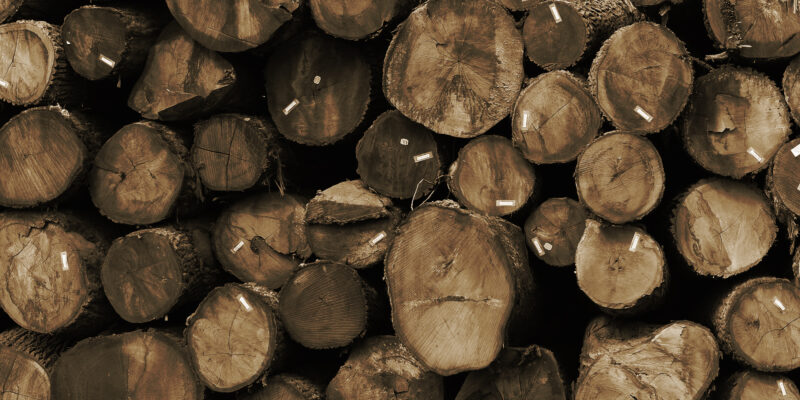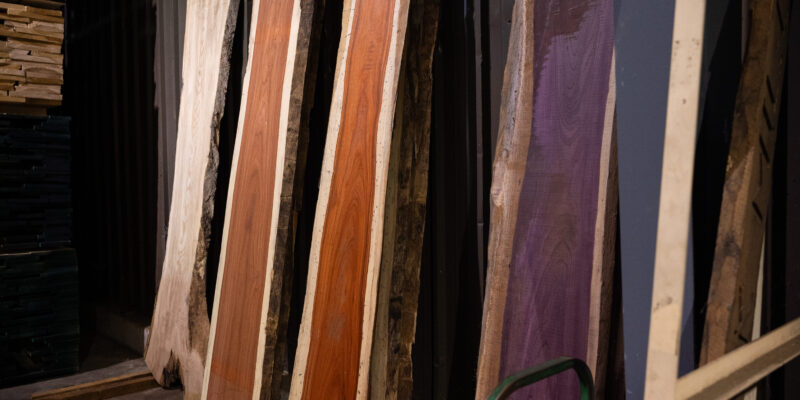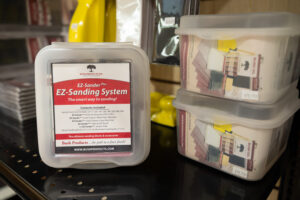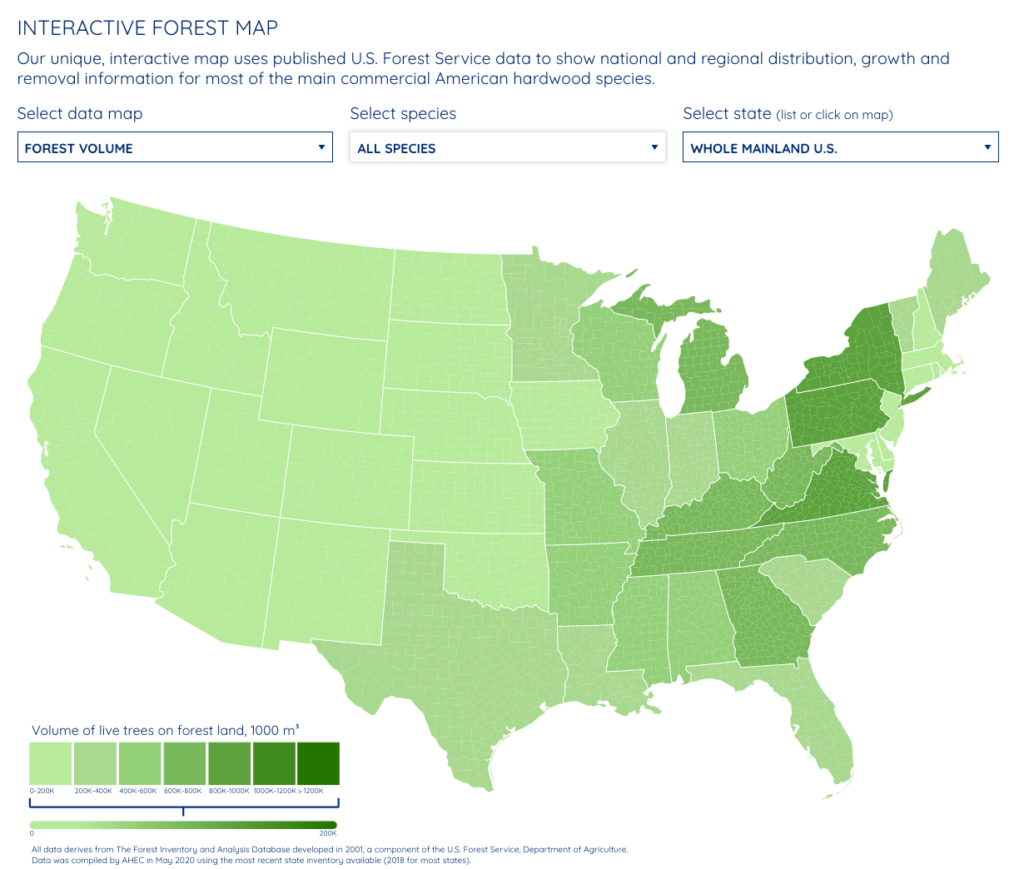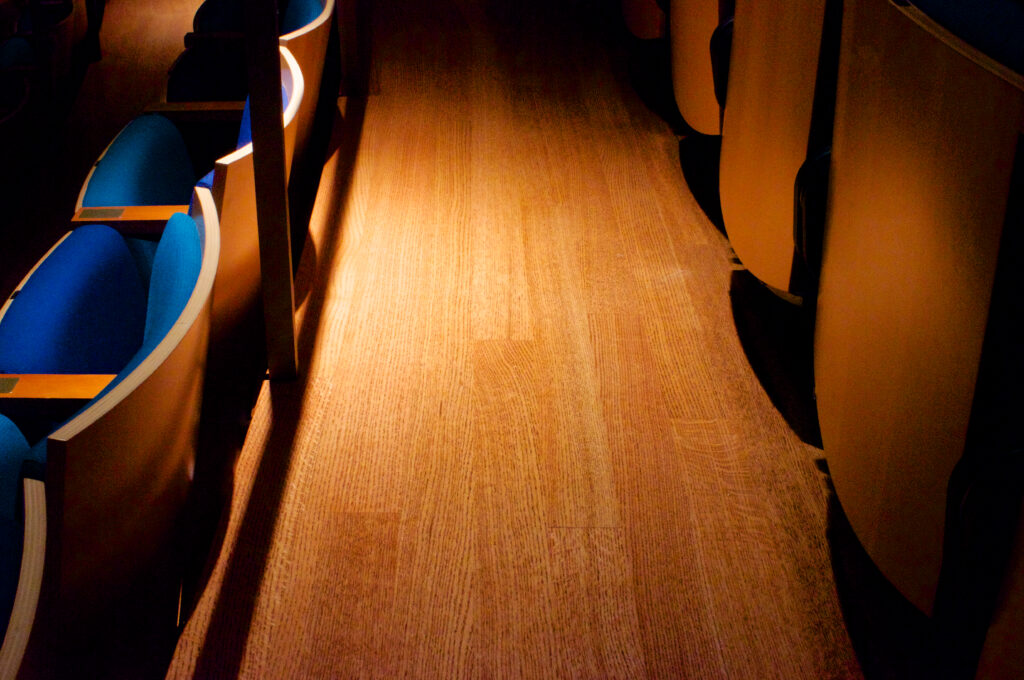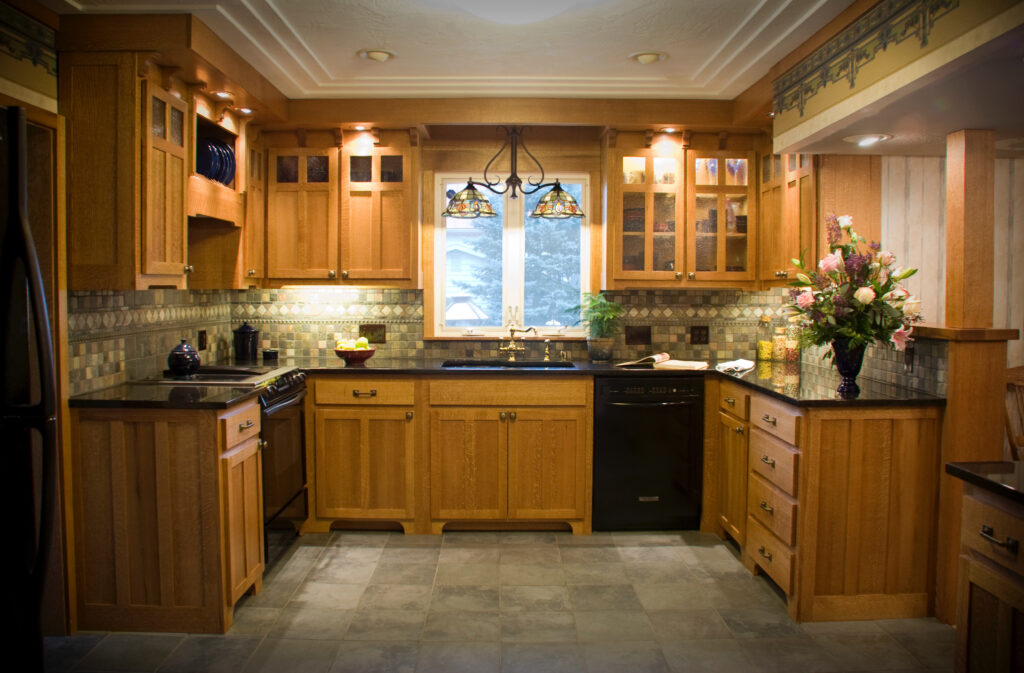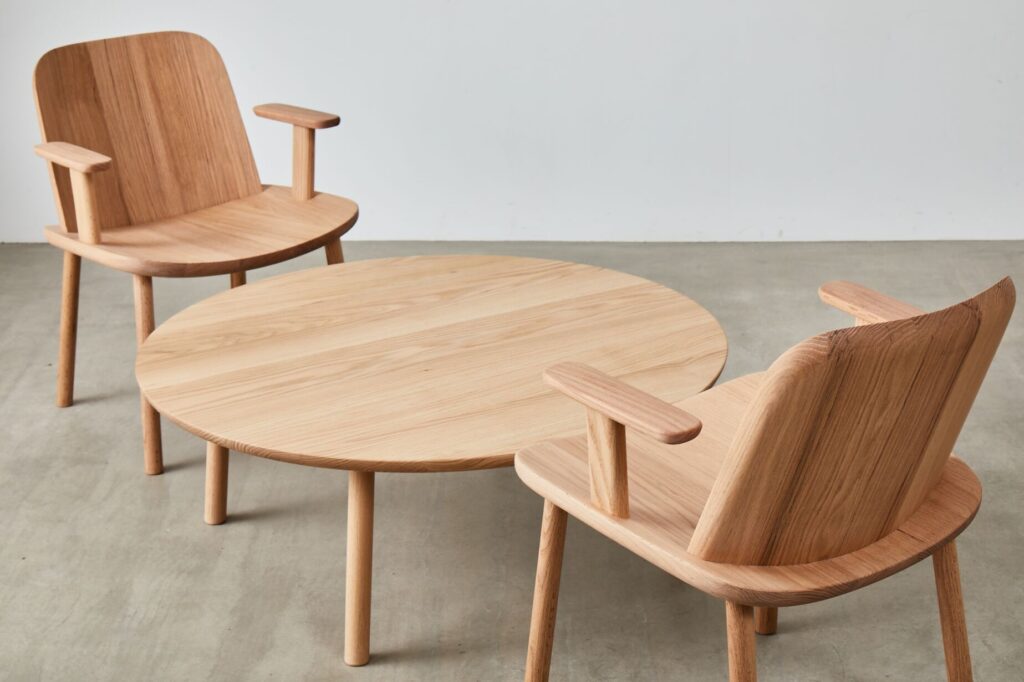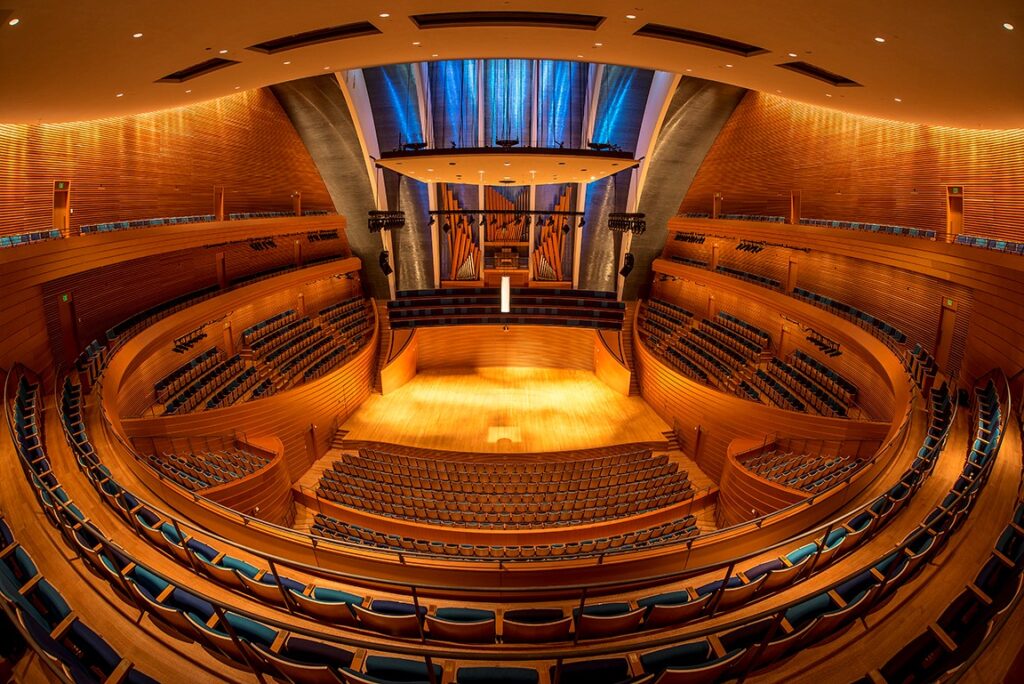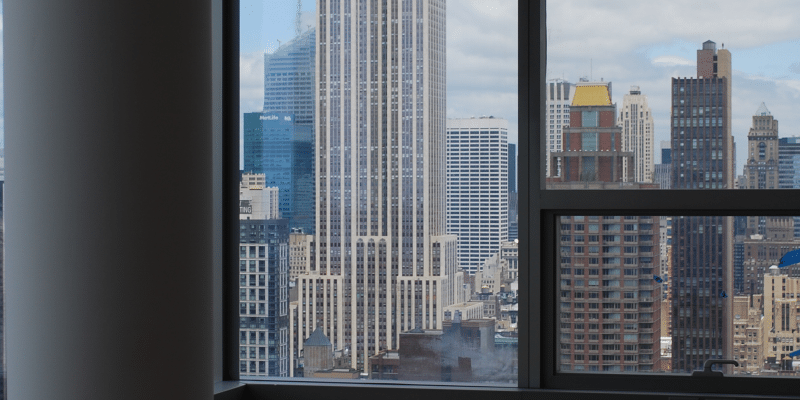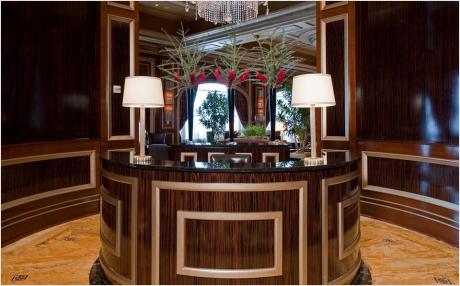When selecting wood for flooring, furniture, or construction, the initial decision often involves choosing between hardwood and softwood. Although both options have distinct characteristics, hardwoods excel in durability, aesthetics, and lasting value, particularly for flooring, millwork, and furniture applications.
At Frank Miller Lumber, we specialize in premium American hardwoods, such as red and white oak. We’re excited to show you why hardwoods are an excellent investment for your home or business!
What’s the difference between Hardwoods and Softwoods?

The main difference between hardwoods and softwoods is the type of tree they come from.
- Hardwood comes from trees that lose their leaves seasonally, such as oak, maple, cherry, and walnut. These trees grow slowly, resulting in dense, durable wood.
- Softwood comes from evergreens like pine, spruce, and fir, which grow faster and produce lighter, less dense wood.
Why Hardwoods Are the Best Choice
- Durability and Longevity—Hardwoods are remarkably durable, especially quartersawn red and white oak. Their density makes them highly resistant to wear and tear, ideal for high-traffic areas such as homes, offices, and commercial spaces. In contrast, softwoods are more susceptible to denting and scratching, making them less suitable for flooring.
- Exceptional Aesthetic Charm—Hardwoods are known for their rich colors, mesmerizing grain patterns, and remarkable ability to absorb stains. For instance, red oak has warm shades and a unique grain, amplifying the inherent elegance of any environment. In contrast, softwoods possess appeal but tend to have a more consistent look and may not possess the same richness and personality as hardwoods.
- Sustainability and Environmental Benefits— At Frank Miller Lumber, we source hardwoods responsibly, ensuring a sustainable choice. While many softwoods are harvested from plantations, they often require frequent cutting and can lead to deforestation. Hardwoods, managed through selective harvesting, provide a longer-lasting product, minimizing the need for frequent replacements.
- Higher Property Value—Homes with hardwood flooring typically have higher resale values than those with softwood or synthetic options. Hardwoods are considered a premium choice, providing elegance, durability, and timeless appeal that softwoods and alternative materials cannot match.
Selecting the Appropriate Hardwood for Your Project
If you’re considering hardwood for your next project, quartersawn red and white oak is an excellent choice:
- Strong and resilient – perfect for flooring and furniture.
- Visually appealing – with a warm color and distinctive grain
- Readily available and sustainable – responsibly sourced from American forests.
If you’re searching for stunning quartersawn red oak, recognized for its exceptional stability and beauty, or resilient quartersawn white oak, we have the perfect premium hardwood.
Visit www.frankmiller.com for more information.

